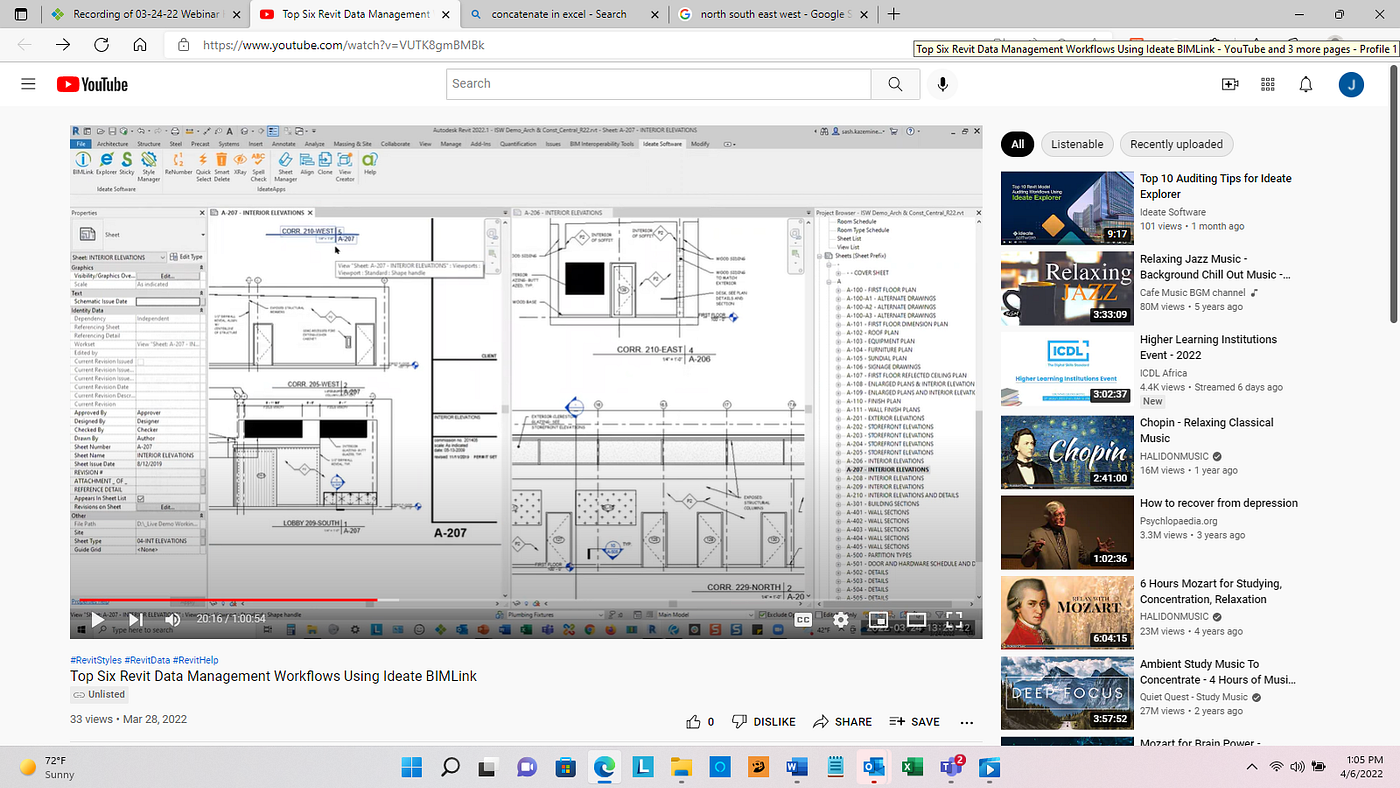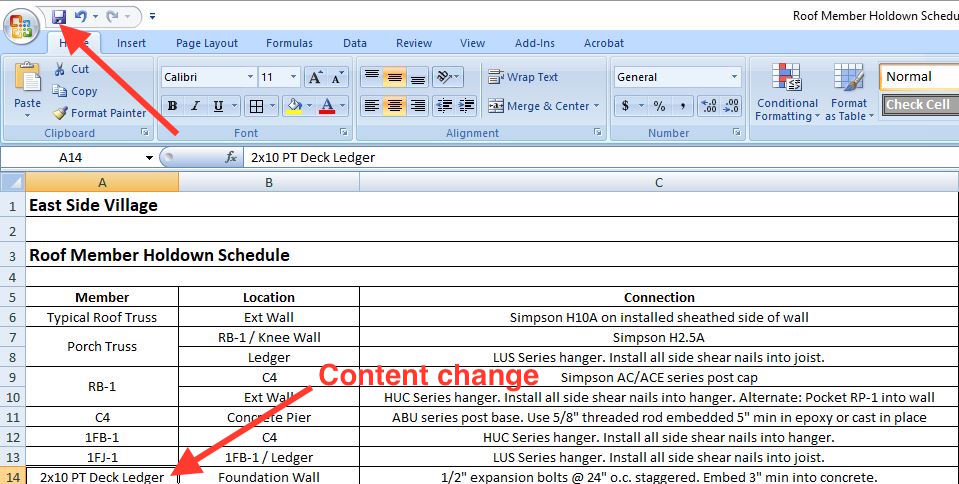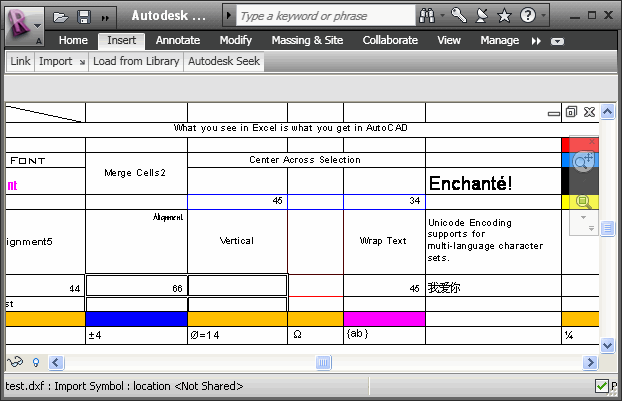Revit Excel Integration Demystified: Streamlining Workflows for Enhanced Project Control
Look no even more, because Revit Excel Integration is right here to debunk the process and simplify your jobs. In this short article, we will certainly direct you via the relevance of Revit Excel Integration, reveal you just how to enhance workflows, and supply ideal methods for effective assimilation.
The Value of Revit Excel Integration
You require to understand the value of Revit Excel integration to properly simplify your operations and boost project sychronisation. The integration of Revit, an effective structure info modeling (BIM) software program, with Excel, a commonly made use of spreadsheet program, provides many advantages for engineers, engineers, and building and construction experts.

By integrating Revit with Excel, you can eliminate hand-operated data access and minimize the risk of mistakes. This not just saves time yet likewise ensures precision in your task documentation. You can upgrade data in Excel, and it will automatically update in Revit, keeping consistency throughout your job.
In Addition, Revit Excel assimilation boosts task control by making it possible for effective collaboration amongst team members. With data integrated in between Revit and Excel, everybody can access the most up-to-date information and interact effortlessly. This promotes smoother communication, lowers problems, and enhances general task performance.
Exactly How to Improve Workflows With Revit Excel Integration
Optimize your procedure by perfectly connecting Revit and Excel to simplify your workflow. By integrating these 2 powerful devices, you can improve project control and enhance efficiency in your work. With Revit Excel assimilation, you can quickly transfer information between the 2 platforms, enabling smooth communication and cooperation.

One more benefit of Revit Excel integration is the capability to develop customized records and examine data extra efficiently. With Excel's durable attributes, you can perform sophisticated estimations, create charts and graphes, and generate thorough reports based on the information from your Revit designs. This enables you to make and get beneficial insights notified decisions throughout the task.
Enhancing Task Coordination With Revit Excel Integration
By perfectly attaching your layout software with powerful data analysis devices, you can substantially boost the coordination of your tasks. Revit Excel integration permits you to streamline your workflows and improve project coordination by getting rid of hands-on data access and reducing errors. With this integration, you can easily transfer information in between Revit and Excel, making certain that all task details is up to day and precise.
One of the essential benefits of Revit Excel integration is the ability to import and export data in between the 2 software application effortlessly. This indicates that you can quickly import existing job data from Excel into Revit, conserving you time and initiative in coming back info. In a similar way, you can export task information from Revit to Excel, enabling you to do sophisticated analysis and estimations making use of the More Bonuses powerful features of Excel.
Moreover, Revit Excel integration enables you to produce vibrant web links in between the 2 software program (revit plugins). This means that any kind of modifications made in Revit will automatically upgrade in Excel, and the other way around. This ensures that all task stakeholders are dealing with the most current information, boosting job coordination and lowering the threat of mistakes
Overcoming Obstacles in Revit Excel Integration
When conquering obstacles in the integration of Revit and Excel, it's vital to guarantee smooth data transfer and reduce mistakes. One usual challenge is the compatibility of data layouts in between Revit and Excel.
An additional challenge is the lack of synchronization in between Revit and Excel. It's important to develop a clear operations that ensures both platforms are upgraded in real-time. This can be attained by making use of cloud-based collaboration tools or establishing a system for routine information syncing.
Managing large datasets can also be troublesome. When it comes to handling large amounts of data, revit and Excel have different abilities. To conquer this challenge, you can split the data into smaller, manageable chunks or use data filtering strategies to concentrate on details locations of passion.
Last but not least, human mistake can cause disparities in between Revit and Excel information. It is necessary to train employee on the integration procedure and develop quality assurance procedures to catch any errors. Routine audits and cross-checks can assist determine and correct any inconsistencies.
Best Practices for Effective Revit Excel Assimilation
To make certain successful combination of Revit and Excel, it's important to comply with some ideal methods that will assist streamline your process and decrease errors. Furthermore, when connecting Excel data into Revit, make certain that the data is tidy and totally free from any type of format concerns that could trigger mistakes.
One more crucial technique is to regularly update your Excel data in Revit. Make it a practice to assess and update the data at regular intervals, especially when changes are made to the project.

Conclusion
So, there you have it - revit Excel combination doesn't have to be an overwhelming job. With revit Excel assimilation demystified, you'll be well on your method to making the most of the capacity of these devices and taking your projects to brand-new heights.
You can export your Revit schedules to Excel, make adjustments or updates in Excel, and then import the upgraded data back right into Revit with simply a few clicks. Revit Excel assimilation allows you to improve your operations and boost project control by getting rid of manual information entry and minimizing errors. With this assimilation, you can quickly transfer data in between Revit and Excel, making sure that all job info is up visit this site to day and precise.
You can export task data from Revit to Excel, permitting you to carry out innovative analysis and estimations using the effective features of Excel.
Furthermore, when connecting Excel data right into Revit, make certain that the data is tidy and free from any format concerns that could trigger mistakes.